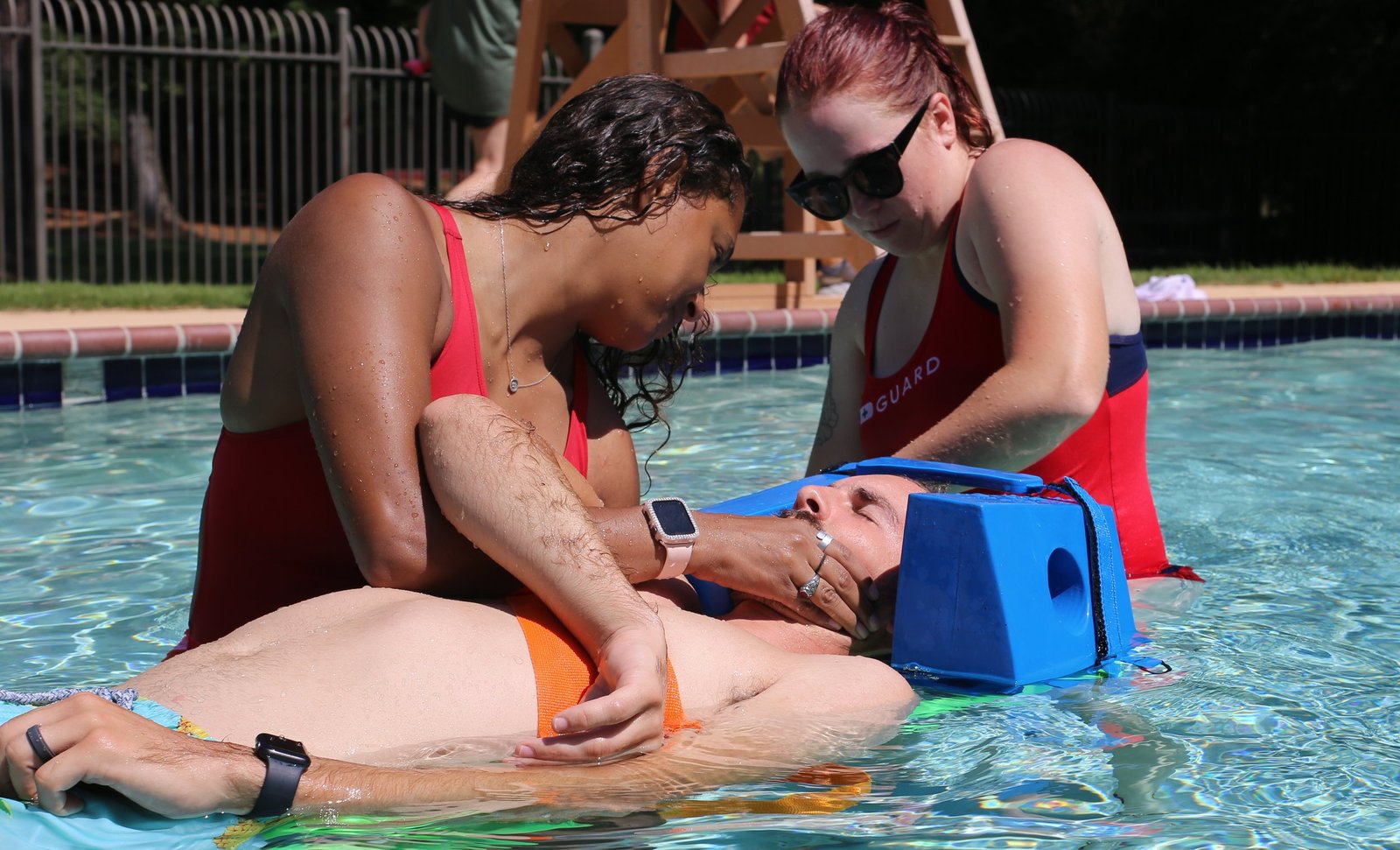Becoming a certified lifeguard is both rewarding and important because it ensures swimmer safety and contributes to overall water safety. The American Lifeguard Association (ALA) is a highly regarded organization that provides extensive training and certification programs for lifeguards. In this article, we will take you through the process of getting certified as a lifeguard with ALA, so that you can have all necessary information needed for smooth sailing.
Getting Close To You Certification Near Me
The closer look at Lifeguard certification near me reflects on how comprehensive and structured these certifications are made in order to ensure preparedness during emergencies among other things connected with water safety. Normally, certification courses are divided into two: theoretical knowledge taught in class and practical skills which are trained outside class like water rescue techniques, CPR skills e.t.c.
Meanwhile, try finding out what your options could be by searching around community centers or public pools within your locality since they usually offer such trainings if not then consider joining one accredited by the American Lifeguard Association (ALA); this way you will acquire skills that can save lives legally enhancing qualifications in this field as well hence making aquatic environment safer place to be.
Understanding Why It Is Important For One To Be Certified As A Lifeguard
Before filling out forms let’s first understand why becoming certified as a lifeguard is necessary. The main role of any person having undergone training for this position involves accident prevention; rescue operations performed when drowning occurs; provision of first aid services where necessary at swimming facilities or rather places where people engage themselves into activities related with water bodies like rivers lakes etcetera so basically being one without adequate knowledge on how respond during an emergency might cause loss life somewhere.
Eligibility Requirements
Before applying for ALA lifeguard certification there few things expected from individuals who wish pursue it; these include:
Age requirement – Majority programs demand applicants should not be less than fifteen years old whereas some may have higher age limit depending on level being pursued.
Swimming skills – In order to qualify candidates must prove their abilities in swimming such as covering specific distance without stopping, performing different strokes proficiently, treading water among others.
Physical fitness – It is mandatory that a person should be physically fit if they want to become lifeguards since there will be need for them save lives by rescuing people or even animals from danger zones while still at it they may also have deal with emergencies hence ought capable doing so without getting tired quickly.
Pre-Course Assessment: Many programs include a pre-course assessment to evaluate the candidate’s swimming skills and physical fitness. Passing this assessment is often a prerequisite for enrollment.
Research On Certification Programs
American Lifeguard Association (ALA) provides several types of certifications depending on your needs and where you intend working as a lifeguard. Therefore, it important for one know what suits them best before enrolling into any program so as not waste money or time doing something which may not be applicable in future. Among these certifications include:
Lifeguarding: This is an entry level qualification that covers basics like CPR techniques; first aid administration etcetera necessary during guarding lives within pools but it can also serve other places provided there’re aquatic activities taking place around them.
Waterfront Lifeguarding: Meant for those who would wish work beaches, lakes open waters then this certification will train you more about such environments e.g., currents(tides), waves strength etcetera
Course registration
The registration process for the course may differ between training centers, but in general you can sign up online or in person. Here’s what usually happens:
Online Registration: Go to the training center’s website and find their registration page. Decide which certification program you want, and fill out the form with your name, contact information, and desired course dates.
In-Person Registration: If you can register for a class in person instead of online, go to the training center and complete a registration form there. You may need to show identification or proof of age.
Payment: Pay for the course when you register. Fees depend on the program and training center; some centers offer payment plans or financial aid.
Confirmation: Once you’ve registered, they’ll send you an email or letter confirming that you’re enrolled, along with more details about when and where the course takes place and if there are any materials required.
Preparing for the Course
Being prepared is key to succeeding in a lifeguard certification course — don’t just wing it. Here’s what you should do:
Improve Swimming Skills: Swim as often as possible to build up endurance and fine-tune your technique. Concentrate on strokes that will be tested during pre-course skills assessments (usually freestyle) as well as those required by whichever program does your certification.
Boost Physical Fitness: Engage in activities such as running or other cardio workouts along with strength training exercises because strong bodies rescue people better than weak ones!
Study First Aid And CPR: Know some basic first aid techniques like how to perform CPR until help arrives because these things always come handy during emergencies not only at this particular class but also outside its setting too – everyday life situations basically anywhere anytime someone might need help they deserve having access to it thanks gods we have such knowledge around us huh:)?
Gather Necessary Gear: Make sure you bring all necessary items with yourself for this specific class like swimsuit, towel, goggles etc. A notepad is also needed to take notes during lectures.
Attending the Course
The lifeguard certification course usually combines classroom instruction with hands-on practice. You’ll cover things like:
Water Rescue Techniques: Learn how to do different types of rescues in water such as reaching assists, throwing assists and swimming rescues among others.
CPR and First Aid: This part will teach you how to perform CPR on adults, children and infants plus general first aid for common injuries or illnesses that may occur around pools/spas/beaches etcetera… It’s good knowledge even when not working as a lifeguard actually!
Emergency Action Plans: Find out what should be included in an EAP (emergency action plan) for various aquatic environments e.g., pool vs water park vs beach/lake/oceanfront property.
Conclusion
Getting an American Lifeguard Association lifeguard certificate request is a formal procedure for examining that they are capable of working as lifeguards. You will be able to get your lifeguard certification successfully by meeting qualifications, finding the right certification and registering for it, as well as preparing accordingly. It also opens up many job opportunities for you and empowers you with skills to ensure water safety while saving people’s lives.

